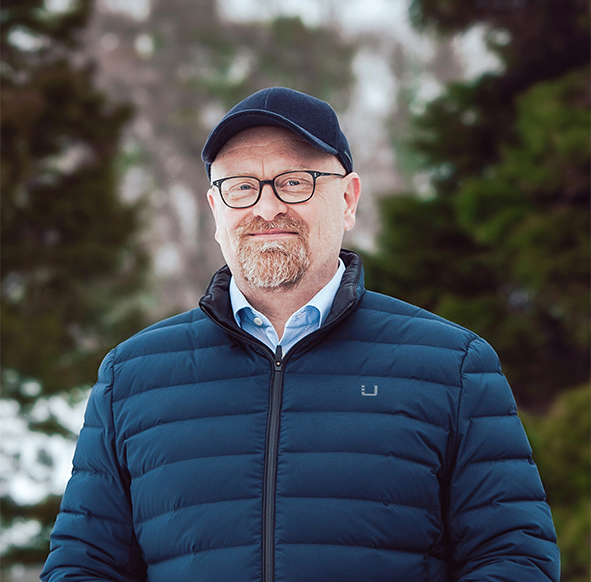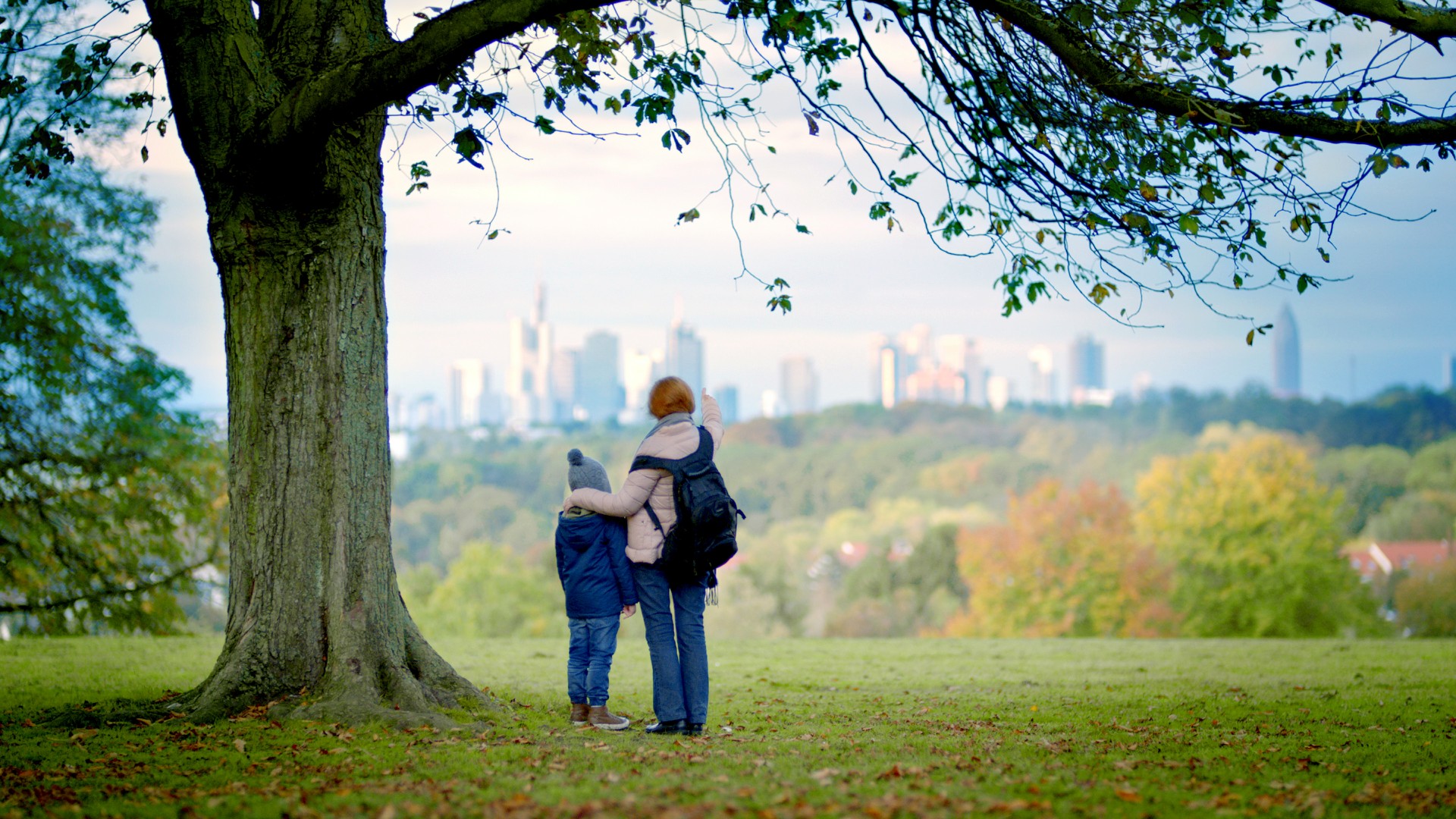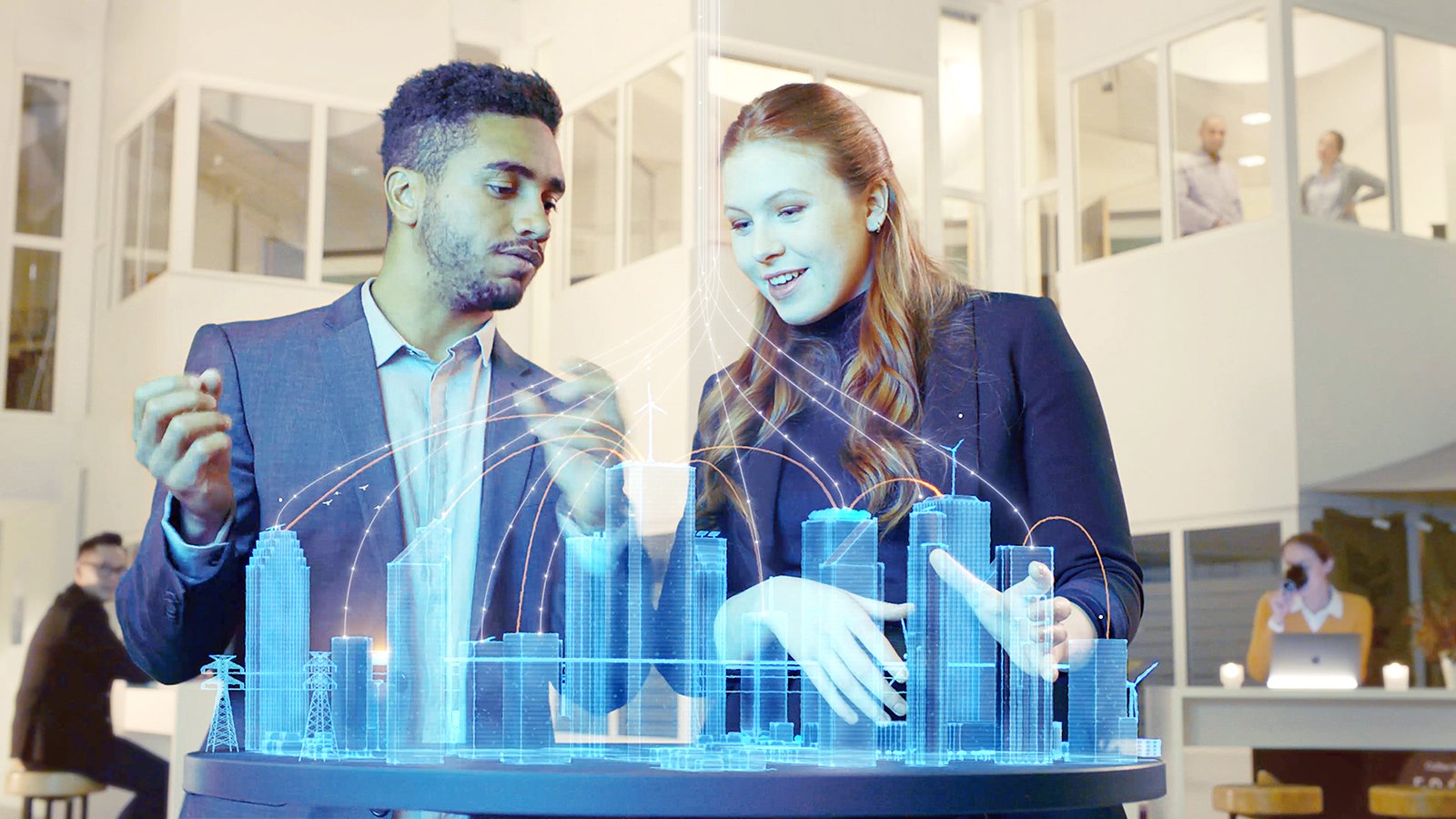
Future Smart Cities focus on people, not technology
By 2050, two and a half billion more people will live in the world's cities - with all the advantages and disadvantages. Already today, cities consume 70 percent of the world’s energy and produce 60 percent of greenhouse gases. As we want to seriously counter rising global warming and CO2 increases, we have to start with cities.

"The modernisation of existing buildings is a crucial lever in the fight against climate change. According to EU, about 75% of the building stock in EU is energy inefficient. Furthermore, it is estimated that 90% of the buildings in EU in 2050, already exist today. Therefore, there needs to be a renovation wave," says Thomas Hietto, Deputy CEO and Head of Services, Sustainability and Smart City Solutions at Caverion of Caverion.
Thomas Hietto: "There is a lot to be done to make our cities smart: connected, networked and collaborative. Smart buildings are one of the key elements in a smart city in this regard, a kind of modular building block that must adhere to the same design principles as the overall smart city, thereby creating an efficient, flexible, safe, adaptable and user-centric environment. The key is to think of the city as an ecosystem, where all the components interact."
For a building itself, the building management system is considered the most important element because it is, so to speak, the nerve center and controller in one. "Smart technology and digitalisation are ways to reduce or even eliminate negative impacts on our climate and environment," says Thomas Hietto.

"A green building can have an adaptable design, use energy and other resources efficiently, and use renewable energy and sustainable materials. For example, by increasing local energy production with solar panels, connecting the equipment to advanced building automation systems and controlling them appropriately, we can make the building adaptable, smart and sustainable. The same logic applies to other smart technologies such as ventilation and refrigeration."
The new Energy Performance of Buildings Directive will speed up the renovation of existing buildings and further increase the use of smart technology in buildings.
“The best way to get started, is to map out the current state of building automation in your buildings and plan the necessary renovations or upgrades with the help of a competent partner. It is worth investing in a comprehensive building automation system that meets future needs and helps bring savings in energy consumption for years.”
Also the EU-wide national recovery and resilience plans will have a clear focus on investments and reforms that support climate objectives.
“For us all, this will be a unique opportunity to make a win-win for the climate and the recovery. Rethinking and modernising our built environment and making them and European cities smarter and sustainable will open up many possibilities and create significant economic, environmental and social benefits. The whole building industry together should utilise this moment and the financial instruments to improve the energy efficiency and climate neutrality of buildings, which will benefit both people and the planet.”
It is estimated that almost 80 percent of Germany's 2015 building stock would have to be refurbished to match the average energy consumption of a new building today.
"If you only look at investment costs, you should realise that if you don't invest, the costs will be much higher," says the Deputy CEO. "What if the building can no longer be leased because it no longer meets regulatory standards? What if it can no longer be sold?"
"For me, the decision is clear: The change has to happen. If you do it now, you can save costs immediately and secure the value retention of your investment in the future."
Caverion, which employs 15,000 people is passionate about making buildings smart and sustainable, looks back on many years of experience in now eleven countries. Caverion's experts provide expert guidance throughout a building's life cycle, focusing on people rather than technology.
The text was originally published in the insert of German “die Welt” newspaper, text by Katja Deutsch.




